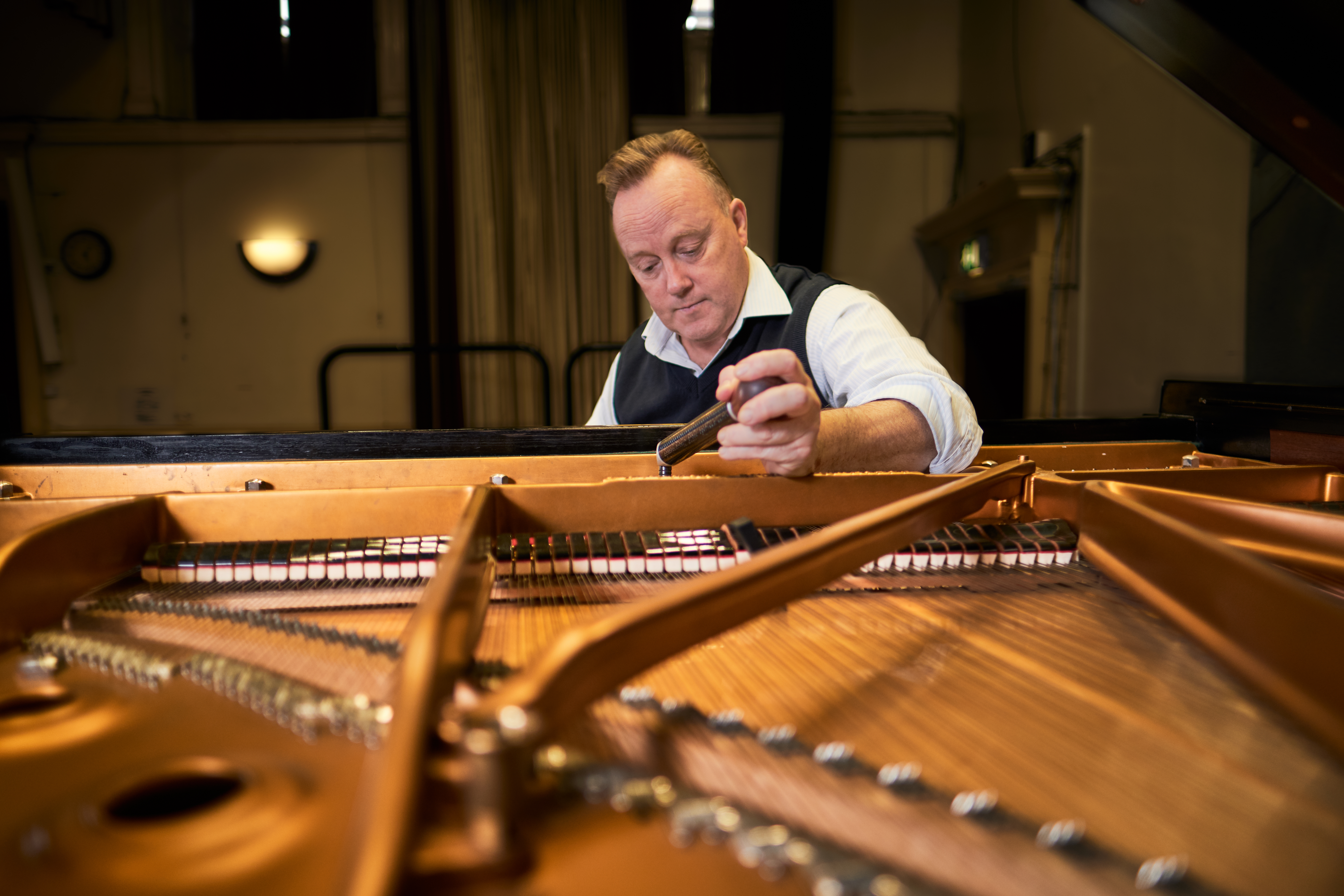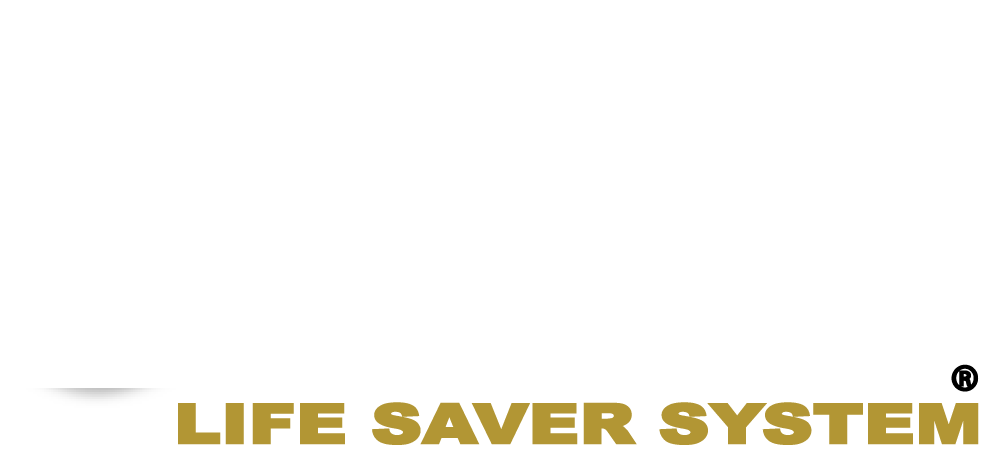TUNING
I offer traditional piano tuning by ear, with a tuning fork as a reference for the starting note A. In my first period of training of three years full-time my fellow students and I spent three or four hours every day in a small booth training our ears and hands to learn our craft. There is no shortcut for this training.
I always if possible, tune to concert pitch A440Hz. Usually I can raise your piano to concert pitch if it has slipped due to lack of tuning. This may take two or three tunings which can usually be done in one session. Rule of thumb is ¼ tone flat = 2 x tunings, 1 semitone flat =3 x tunings.
What is concert pitch?
Concert pitch is the agreed hertz frequency of musical instruments so that different instruments playing the same note (e.g. middle C) will make the same sound. If your piano has not been tuned or has been poorly tuned it will probably be at a different pitch to other instruments necessitating their re-tuning. The piano is designed to be tensioned to A440hz. Its tone as well as tuning will suffer if not kept at pitch.
I use the Jahn carbon fibre tuning lever with Jahn & Fujan heads. I carry a full selection of historical tuning tools to fit period instruments, harpsichords and clavichords etc.

Tuning by ear vs. electronic tuners.
I trained to tune pianos by ear in the traditional way & practiced in this way for around 28 years until it became clear that the latest & best tuning technology was producing equally good & sometimes better results in most cases. I now use the best available software www.cybertuner.com in conjunction with my ears & experience to provide accurate & consistent tunings. If requested, I can use the purely traditional aural method. There are a number of piano tuners offering services with an app or ETD, (electronic tuning device), usually the cheapest available & without a traditional training to support their work. Buyer beware, these tunings tend to be adequate in the middle 4 octaves (known as the “the hymn zone” in the trade!) Budget tuning technology usually produces a mathematically correct tuning which takes no account of the harmonic content of the instrument. The result is a piano with a sharp bass & flat treble. The traditional tuner flattens the bass & sharpens the treble to align the harmonics of the 88 notes.
With Cybertuner , each piano is recorded & analysed harmonically to suggest its best tuning. I believe this technical support has improved the accuracy, consistency & efficiency of my work. A fast piano tuner is usually a better one. If someone is at the piano for hours, it suggests a lack of training or experience. Your ears will be the judge.
AREA OF WORK
Mostly I cover the whole of Cumbria, North Lancashire & West Yorkshire. Get in touch to discuss more:
Call Me:
07796 625 945
Email Me:
GET IN TOUCH: Tel: 07796 625 945. Email: info@pianoservicesltd.com Or via our contact form...

